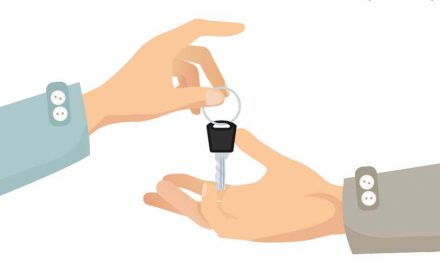By Jim Curns
A Critical First Step in an Airplane Purchase
I purchased an airplane a few years ago, which brought to light an interesting turn of events I would like to share, as I’m told others have found themselves in a similar situation. Perhaps this experience will guide others around at least one of the potential pitfalls of an aircraft purchase.
An Old Lien
As with most deals, someone is often in a hurry. In this case it was the seller. We exchanged the usual information and pictures. I made a few calls to his A&P to learn more about the plane. We agreed upon a price, pending a personal flight test and inspection of the plane.
The owner of the plane said there were no liens on the plane, but I had a search done anyway. Lots of aircraft have old liens that were never properly released. I’m told that roughly 15% of all aircraft have title issues, of which owners are blissfully unaware. The only way to find those is to pay to have a lien search done on the aircraft you have agreed to buy. This service is similar to a title company doing a search or helping with filing and recording documents when one is buying a home. That’s the easy part. It takes only a few days to run the search, or in this case, a few hours.
Aero-Space Reports is the company I chose for my last two aircraft purchases. Sure enough, they found an old lien from 1978. There was evidence in the records that the lien release was attempted but not done correctly or successfully. That suggested the debt was no longer outstanding, which is a good thing, but the lien was still in place, and that’s a bad thing.
To expedite the deal for the seller, I agreed to pay 90% of the price when taking possession. I would withhold 10% of the value until the lien could be properly released, with the seller bearing the responsibility to have that completed. All parties agreed.
The Definition of “Released”
For several weeks after the transaction, everyone seemed happy with the deal. The seller said he was having difficulty getting the release done, but I could wait patiently, so I did. Finally, seven weeks after we closed the deal, the seller announced a release was coming.
“Terrific news,” I replied. “Is it recorded with the FAA?” This is where things began to go badly — very badly.
A lien release that is inaccurate or incomplete won’t be accepted by the FAA, and this was the heart of the issue. There were clearly two schools of thought at work here, in spite of very clear written communication about the details of proper release protocol and the proper recording of those documents as described by me and by Aero-Space Reports.
That is not what we got from the seller. Instead, I received a recycled copy of a release form that the FAA had already rejected years earlier because of errors. It just had a new date on it with a new signature. They even had the N number used for the serial number. This was not correct, so clearly this release wouldn’t work.
The seller, perhaps being used to selling a car with a bank release, thought that was enough. Actually, he insisted that it was, and that the banks, title company, the FAA, and I were all wrong about this process. He thought receiving an aircraft lien release, correct or not, was adequate. In his words, “You know they don’t have a lien on it anymore, so pay me….” I’ve omitted his threats and wild accusations. At this point, I decided to acquire the services of an AOPA attorney as a neutral third party.
My attorney and the seller never reached an agreement, as the seller never seemed to understand or accept the requirements involved, even after weeks of communication. Fortunately, the attorney knew the right person to call at the title search company and asked what it would take if they just took over and completed this correctly.
The attorney then told the seller that we could have the problem corrected and deduct the cost from the remaining proceeds. The seller gave the attorney the same unquotable responses I had received. He simply could not accept anything less than full payment right then. He also didn’t understand that even if a lender issues a release, it’s not enough. It needs to be done correctly in the eyes of the FAA and properly recorded by them to be accepted.
Finally Closing the Deal
In the end, I paid the fee to get the lien properly released and paid the seller the remaining balance, the full 10%. My attorney and I didn’t think for a moment I was obligated to pay the extra cost of the lien release. The seller had promised that as part of the deal and then failed to provide it. However, there comes a time when you just want a bad deal to be over with.
When an issue comes to light, very professional and well-educated people have been known to blame others or deny a problem even exists. That seems to be what happened here. Title issues are normally corrected at time of sale, and both buyer and seller need to be aware of the accepted process and costs of doing so.
What I Would Do Differently Next Time
If I ever need to go through this again, I will contact the title folks first and get a price from them for properly correcting the issue. That cost could be deducted from the proceeds of the sale and must be agreed to in negotiating the price. The total cost of doing this is not prohibitive at all, but I’m not quoting costs, as each circumstance is a little different.
The plane turned out to be a delight. Sure, there were some surprises, but nothing terrible. But, in hindsight, the purchase process would have been less painful if I had contacted the title company first.
Jim Curns has been around airplanes since the mid-1960s. After starting a business and a family, he learned to fly. He has owned ultralight, experimental, Cessna, and Piper aircraft.






